Quick Info:
MIDI-plant

Scrap Tire Recycling
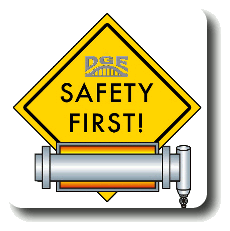
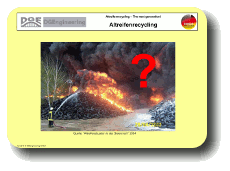
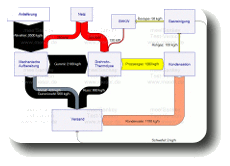
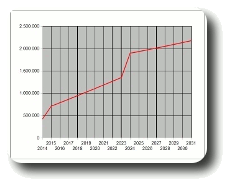


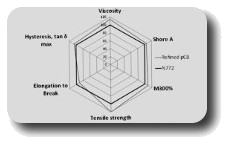
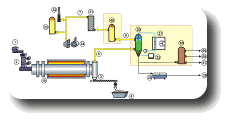
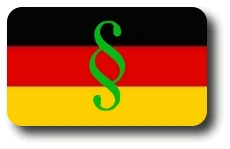
|
 |
 |
 |
 |
|
|
 |
| Dirk Gerlach Engineer
|
|
|
|
|
Processes description drying
Drying means the evaporation of water moisture or some other liquid with the target to obtain a solid, dry product.
The process consits of a heating unit and some devices, which carry away the produced vapour.
The heat transfer can be conducted direct or indirect.
In the most common case for a direct heat transfer, a gas stream, e.g. air, applies the heat by convection and carries away the vapour as humidity.
If combustibles should be dried, either the indirect heat transfer in the absence of oxygen could be choosen or a tmperature beneath the flash point
to avoid auto-ignition.
Using the low pressure steam from the steam turbine for drying and heat up the product is a way of highest efficiency of the plant.
Applications
Drying of Waste or Lignite
Waste or lignite with a large moisture content has to be dried, when the chemical bound energy should be used.
When the dryer is a part of a whole power plant, it is economically efficient to use steam - which is generated anyway - for the heating.
A rotary dryer with steam tubes inside guarantees a good heat transfer because of the high surface area and the mixing of the solid product particles.
Dehydrating of Foods
Dehydrating of foods can be made efficently in rotary dryers.
This technology is for example applicable for potato puree, tomato puree or to produce dehydrated flakes from bananas.
Drying of Sewage Sludge
If sewage sludge has to be dried, an indirect heated rotary dryer can be utilised.
The pipe-bundles can be heated by steam or by oil.
|
|
|
Dipl.-Ing.(FH) Dirk Gerlach • Passion for Innovation
|
|  |
 |
 |
 |
|
|
A Service of LEO GmbH.
|



















